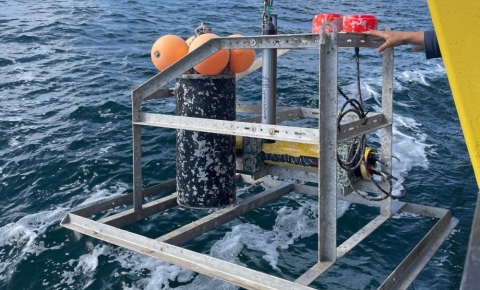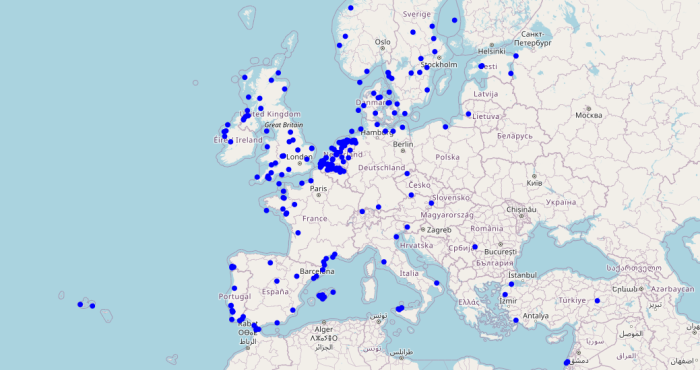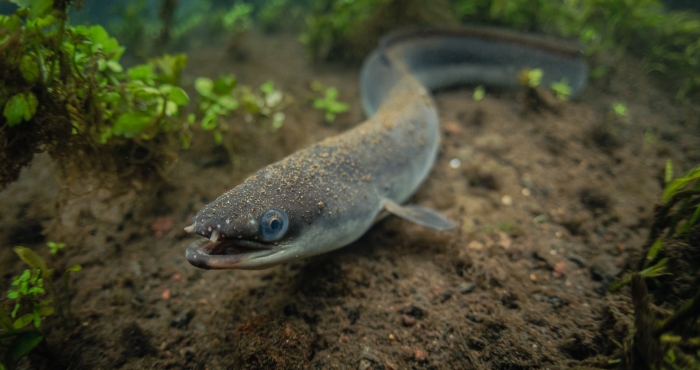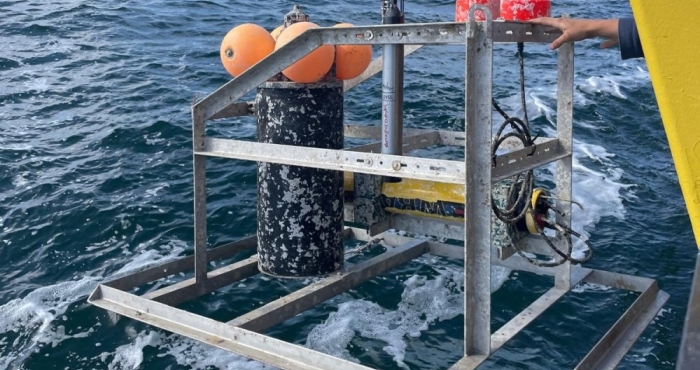SoundLib: The Marine Sound Library for the Belgian Part of the North Sea

Understanding the underwater soundscape
In water, sound travels much farther and faster than light. For many marine animals, it is the primary way to communicate, navigate, and interact with their environment. Together, all natural and human-made sounds form the marine soundscape, which is highly dynamic and complex.
- Natural sources (geophony, biophony): rainfall, waves, sediment transport, fish calls, and echolocation by dolphins and porpoises.
- Human sources (anthrophony): ship traffic, seismic surveys, and offshore energy production.
The North Sea, being shallow and heavily exploited, is particularly difficult to study. Yet it is essential to monitor this environment, as underwater sound is increasingly recognized as a key factor influencing marine ecosystems.
A European policy context
The European Union considers sound a critical environmental parameter. Under the Marine Strategy Framework Directive (MSFD), underwater noise is one of eleven descriptors for assessing the Good Environmental Status of marine waters. Maintaining levels below this threshold is important to safeguard marine biodiversity.
SoundLib as an innovation platform
With SoundLib, VLIZ provides a scientifically grounded and publicly accessible tool. The library already contains more than 2,000 underwater sound fragments, with the aim of expanding to tens of thousands over time. Within the framework of LifeWatch Belgium, recordings are collected semi-continuously at fixed monitoring stations using advanced hydrophone systems.
SoundLib enables users to:
- Visualize temporal and spatial trends in underwater sound.
- Cluster and compare sounds based on their frequency.
- Link sound recordings to contextual data such as ship traffic (AIS), seabed characteristics, animal presence, and weather conditions.
- Train AI and machine learning models for automated sound classification and analysis.
This makes SoundLib not just a repository, but a research infrastructure embedded within LifeWatch Belgium, connecting acoustic data to broader marine biodiversity knowledge systems.
Linking the local to the global
VLIZ is also preparing to connect SoundLib with the Global Library of Underwater Biological Sounds (GLUBS). This step will integrate local data into a worldwide network, enabling researchers to identify known and unknown sounds across regions. By doing so, VLIZ reinforces Europe’s contribution to global marine biodiversity science and international collaboration.
Open access for science and society
SoundLib is freely accessible to both scientists and the public. Users can explore, download, and visualize sound fragments from the Belgian part of the North Sea. Beyond supporting research and policy, the platform aims to raise public awareness of underwater noise pollution and its ecological impact.
The Marine Sound Library was developed by VLIZ based on Lifewatch Belgium data with financial support from the Flemish Government (Cabinet of Jo Brouns, Flemish Minister for Environment and Agriculture).



